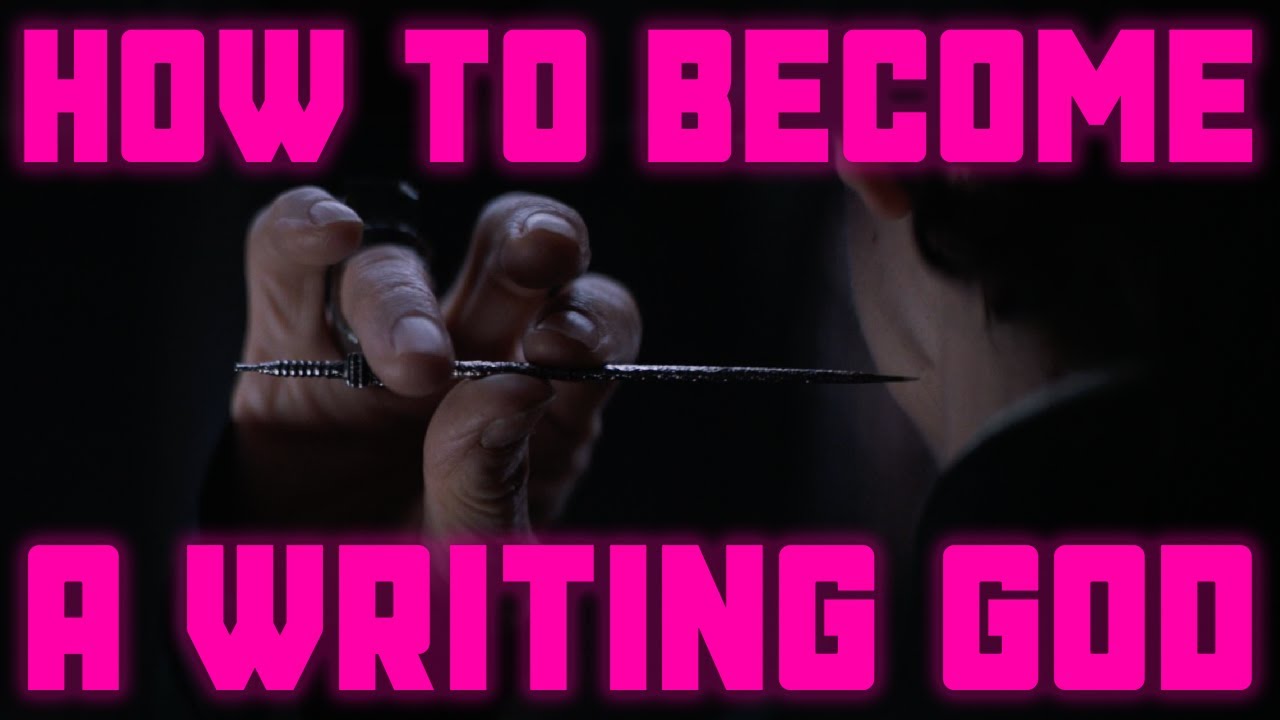How To Write The "Perfect" Story Structure
Summary
TLDRThe video script emphasizes the importance of story structure in engaging audiences, suggesting that the first 20% should introduce characters and a new world, the middle 50-70% should deepen the plot and character arcs, and the final 70-95% should culminate in a satisfying climax. It uses examples from popular media to illustrate these points.
Takeaways
- 😀 Establish the audience's interest in the first 5% of the story by quickly introducing what they care about.
- 🎬 Story structures should not be rigidly applied; the introduction should be shorter than the climax, and the characters and audience's curiosity should be established early.
- 🌟 The 'insiding incident' occurs around 20% into the story, where the character explores a new world or experiences something different and exciting.
- 💪 The main portion of the story, from 20% to 50%, is where the bulk of the plot unfolds, and the audience gets what they came for, such as the main character learning magic or a superhero meeting the villain.
- 📚 Story structures are not just for books and films; they can be found in YouTube videos, where creators like Mr. Beast master storytelling through clear narratives.
- 🔍 The beginning of a story should make the audience care about the characters and the world, setting the stage for the plot and character development.
- 🔥 From 50% to 70%, the story intensifies as the characters start to change, but their arcs are not complete yet, leading to a turning point that determines the protagonist's fate.
- 🕷️ In Spider-Man: Homecoming, the turning point occurs when the Vulture discovers Peter Parker's identity, changing the trajectory of the story.
- 🌪️ The final battle, from 70% to 95%, is the climax where all built-up tension and character development culminate in a decisive confrontation or performance.
- 🎉 The last 5% of the story should leave the audience satisfied, ideally with a memorable and fun conclusion that reflects the creator's enjoyment in crafting the story.
Q & A
What is the key to establishing a story that the audience will find addicting?
-The key is to quickly establish who and what the audience cares about, and to craft a story that keeps them engaged from the beginning, with a clear structure that builds up to a satisfying climax.
Why is it difficult to apply traditional story structures to visual storytelling?
-Traditional story structures may not make sense visually because each part of the story should not be equal; for instance, the introduction should not be as long as the climax.
What happens in the first 20% of a story according to the transcript?
-In the first 20%, the inciting incident occurs, where the audience gets to explore a new world with the character, experiencing something new and exciting that is slightly uncomfortable.
What is the main purpose of the middle portion of the story?
-The main purpose of the middle portion is to deliver on the promises made in the introduction, where the main character starts to face challenges and the audience gets to enjoy the unfolding plot.
How does the YouTube creator Mr Beast use storytelling in his videos?
-Mr Beast uses storytelling by establishing what the audience should be curious about, setting up challenges, and creating a narrative that follows a clear story structure, even in his videos.
What is the significance of the character's introduction in the beginning of a story?
-The introduction is significant because it allows the audience to get invested in the world and characters, giving them a reason to root for the main character and connect with their journey.
How does the transcript suggest enhancing the story between 50 to 70% of the narrative?
-The transcript suggests making the plot more intense, with the characters starting to change but not yet completing their arcs, and introducing a turning point that keeps the audience engaged and excited.
What is the role of the 'final battle' in the last 70 to 95% of the story?
-The 'final battle' is the climax of the story where all the built-up tension and character development come to a head, providing a culmination of the hero's journey and the resolution of the main conflict.
Why is it important for the final part of the story to leave the audience satisfied?
-Leaving the audience satisfied is important because it ensures a positive reception of the story, making them feel that the journey was worthwhile and encouraging them to engage with future content.
What advice does the transcript give for the 'final battle' section of the story?
-The advice given is to have fun, be creative, and take risks by showing something new and visually interesting, without playing it safe, to make the climax memorable and enjoyable for the audience.
Outlines

Cette section est réservée aux utilisateurs payants. Améliorez votre compte pour accéder à cette section.
Améliorer maintenantMindmap

Cette section est réservée aux utilisateurs payants. Améliorez votre compte pour accéder à cette section.
Améliorer maintenantKeywords

Cette section est réservée aux utilisateurs payants. Améliorez votre compte pour accéder à cette section.
Améliorer maintenantHighlights

Cette section est réservée aux utilisateurs payants. Améliorez votre compte pour accéder à cette section.
Améliorer maintenantTranscripts

Cette section est réservée aux utilisateurs payants. Améliorez votre compte pour accéder à cette section.
Améliorer maintenantVoir Plus de Vidéos Connexes
5.0 / 5 (0 votes)






